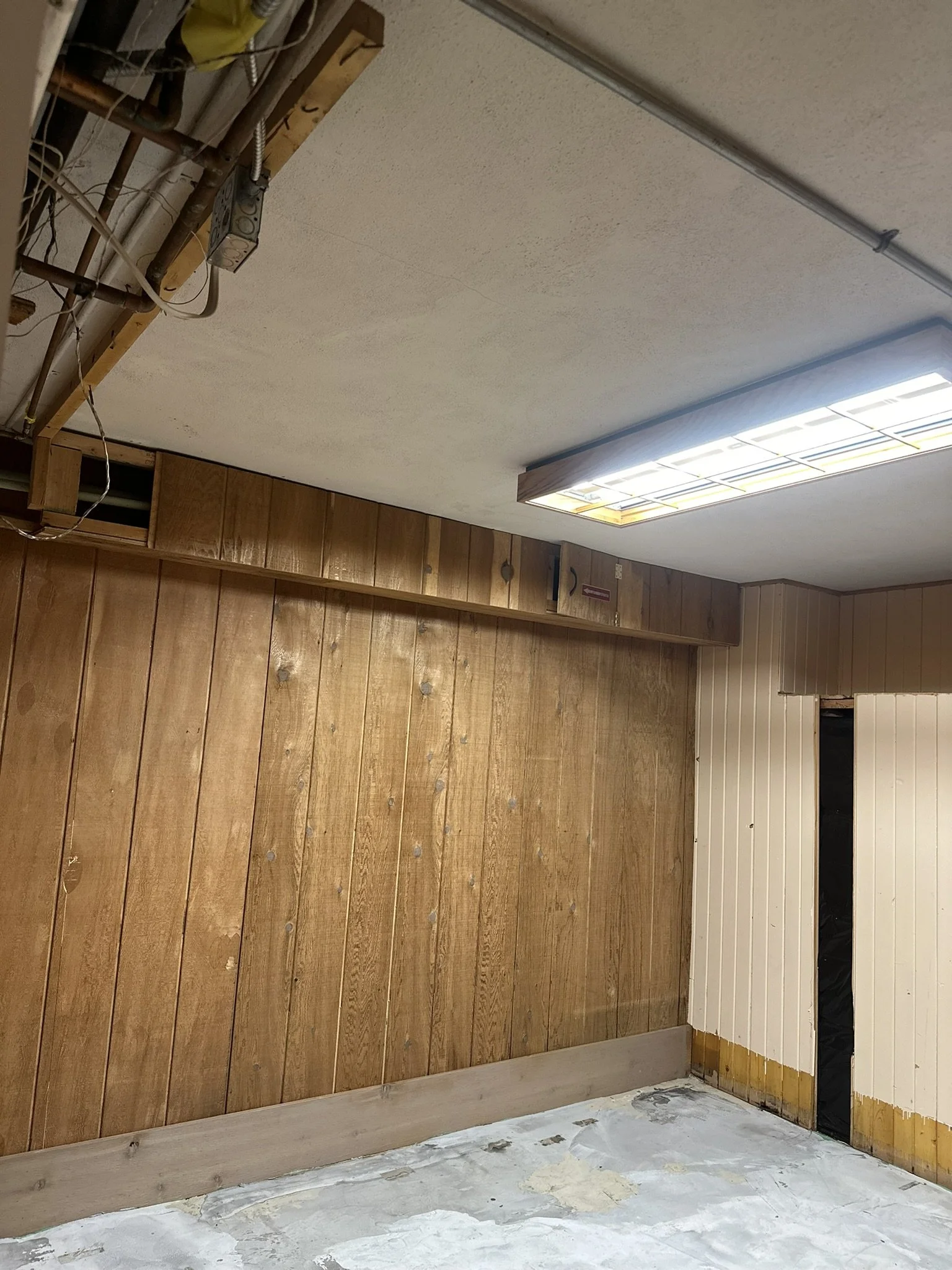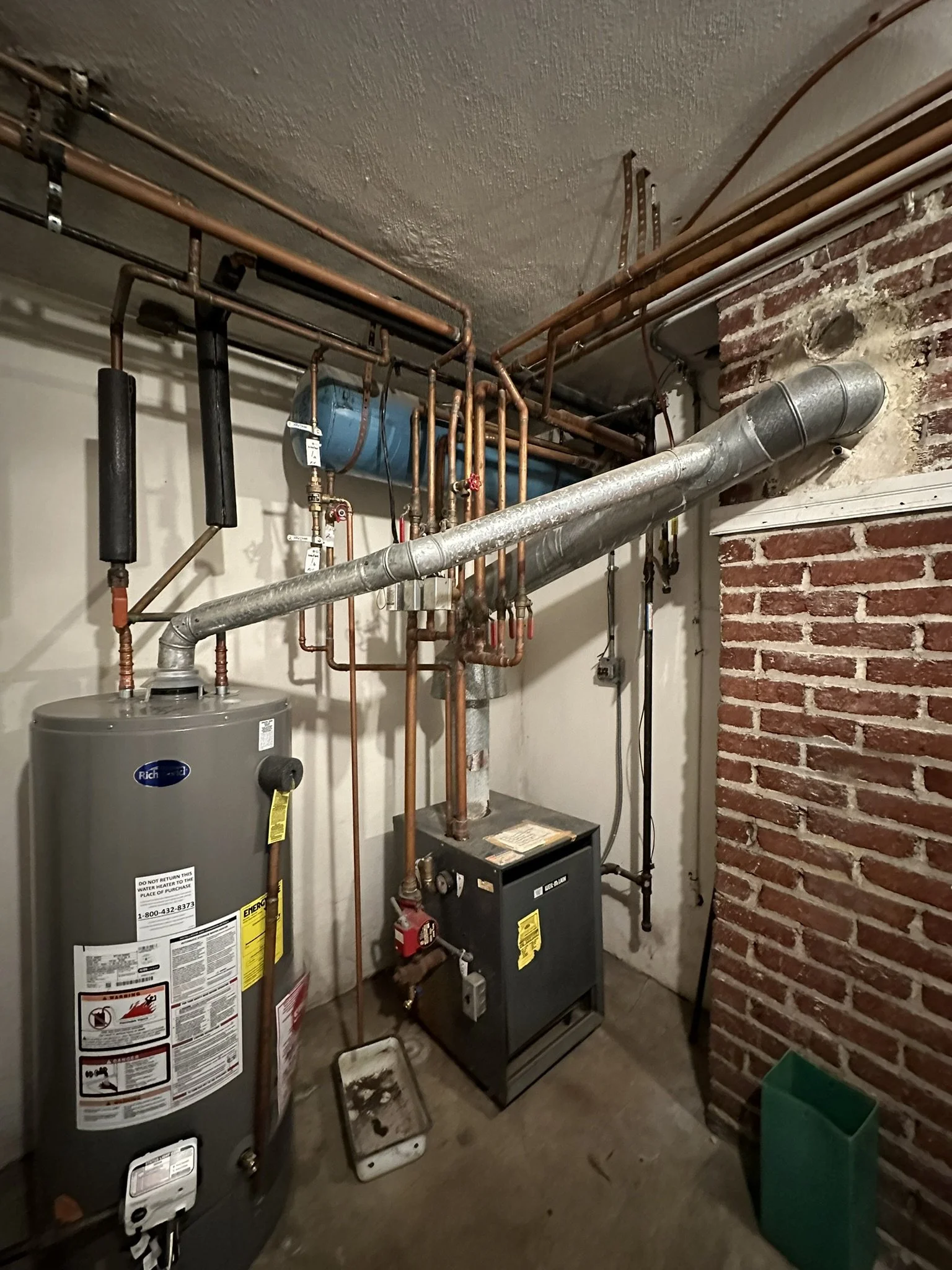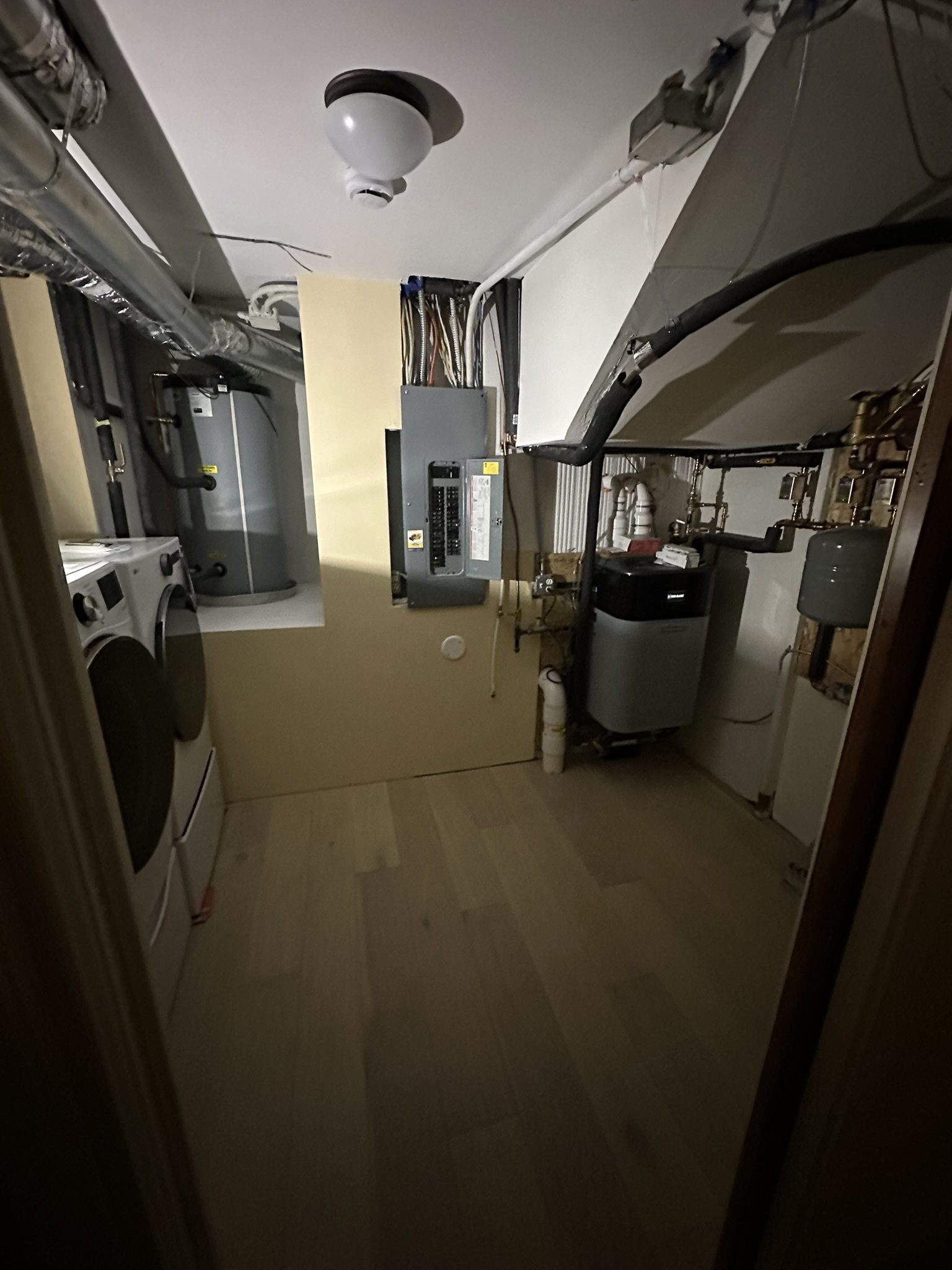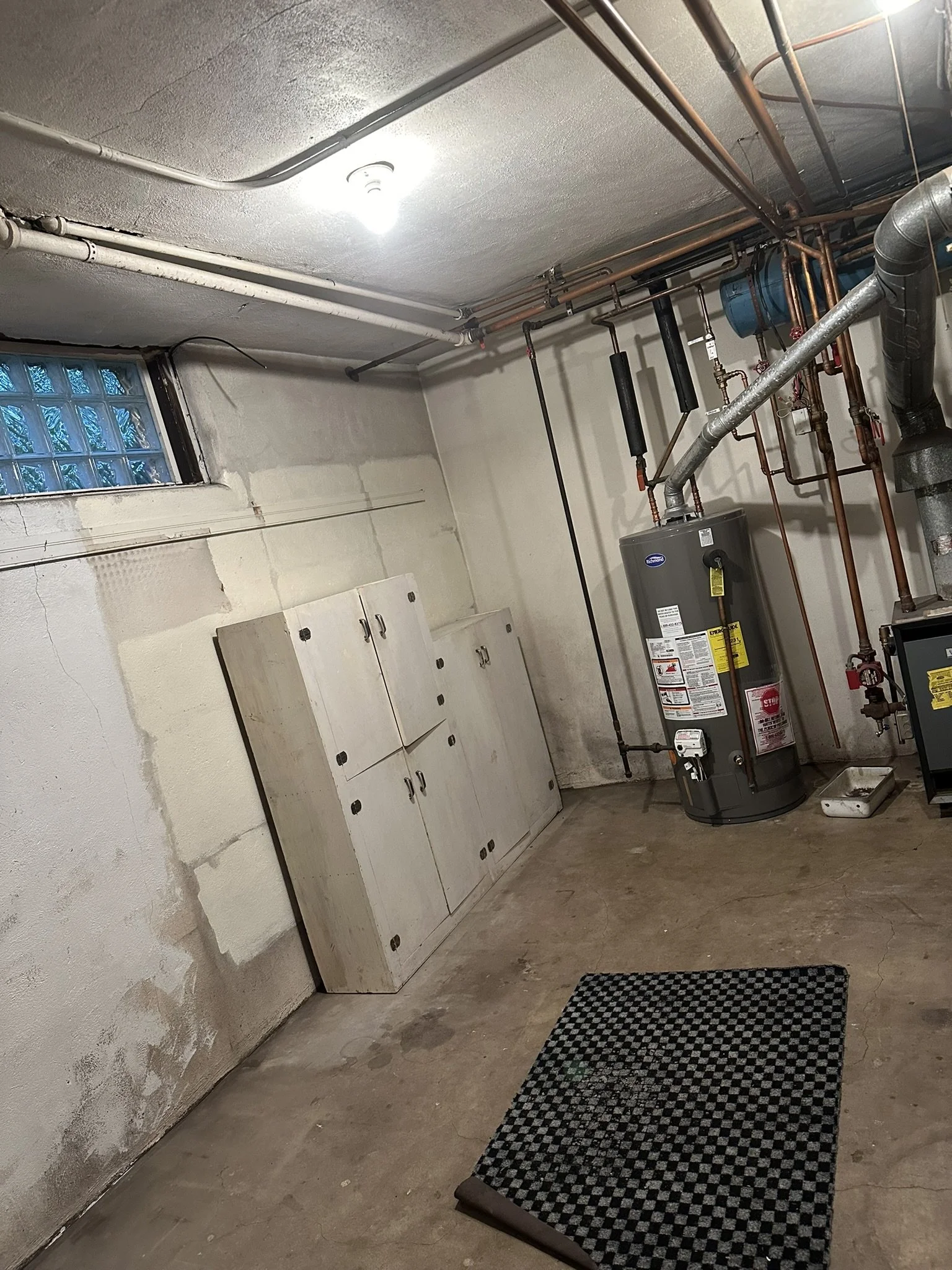Here’s The Way For Realtors To Sell The Value Of Green Retrofits
In 2025, the National Association of REALTORS® survey of the top drivers of projects that increase home value are still the usual suspects: kitchen upgrades, new roofing, bathroom renovations, and a fresh coat of paint.
It’s no surprise — these are the projects buyers can see. However, what realtors overlook is that the majority of today’s green retrofit dollars are not just being spent on air sealing and insulation — they’re being spent on making homes safe, healthy, and durable again - things that add tremendous value to a home. For older homes especially, green retrofit investments start with essentials: radon mitigation, electrical rewiring, insulation, ventilation, moisture control, and heating renewal. These “invisible” upgrades don’t show up in glossy listing photos, yet they determine how a home performs, how long it lasts, and how livable it is.
✳️ What Our Numbers Really Show — Health and Safety Drive The Retrofit
In the Green Home Club’s first supervised project (shown in the before-and-after photos above), over half of the $153,000 investment (≈52%) was devoted to essential health, safety, and structural renewal - another 31% spent for an essential heating and piping upgrade as well as adding an air quality system. These are the upgrades that rarely make a “Top 5 REALTOR® Projects” list, yet they’re what give a home its real long-term value.
Key Improvements (investment = 153K) For A 1916 St Paul Home
Health & Safety Renewal ($78 K ≈ 52 %)
Basement demolition and asbestos abatement
New concrete slab, vapor barrier, drainage, and radon system
Plumbing and insulation upgrades
Gutter repair and exterior moisture control
Structural framing, Insofast wall insulation system, and sound insulation
Mechanical & Air-Quality Upgrades ($46 K ≈ 31 %)
New hydronic piping including in-floor heat
Two new glass block windows + new insulated exterior door
Energy-efficient heat-pump dryer
🏗️ Results
This project transformed the basement and part of the first floor of a into a fully conditioned, code-compliant, healthy living space.
All major mechanical, electrical, and structural systems were renewed to 2025 standards, resulting in a projected, unofficial Home Energy Score increase from 3 → 7 and an estimated 40% reduction in energy use. Next steps include adding an EV charger and an air-to-water heat pump for ~80% of the heating and 100% of the cooling — moving toward a near-net-zero home.
Possible Value Impact
800 ft² of new conditioned living space+ ≈ $200 K
Structural / health risk removal+ $25 – 40 K
Modern HVAC + ERV + insulation+ $15 – 25 K
Exterior improvements (door, windows, gutters)+ $10 K
Total uplift potential≈ $200 – 250 K
Sample Highlights Realtors Could Use For MLS / Showings
“2025-standard mechanicals and envelope – completely renewed infrastructure.”
“Lower level now full living area – quiet, dry, and temperature-balanced year-round.”
“ERV fresh-air system and high-efficiency boiler provide superior comfort and air quality.”
“Ready for easy addition of legal bedroom or guest suite (with egress in place).”
“All major systems new: wiring, plumbing, insulation, and concrete foundation floor.”
Documentation Available
Itemized cost and trade list (i.e. General Contractor, Better Builds MN)
Permits & inspection sign-offs
Before/after photos of mechanicals and envelope
Energy-score improvement summary











